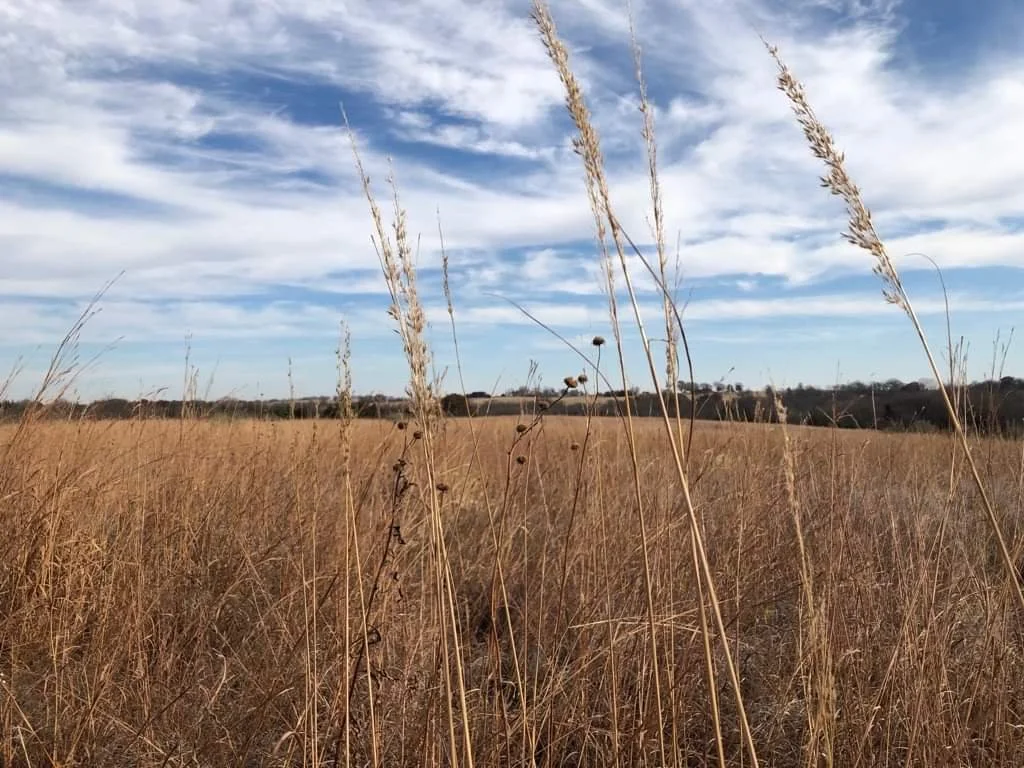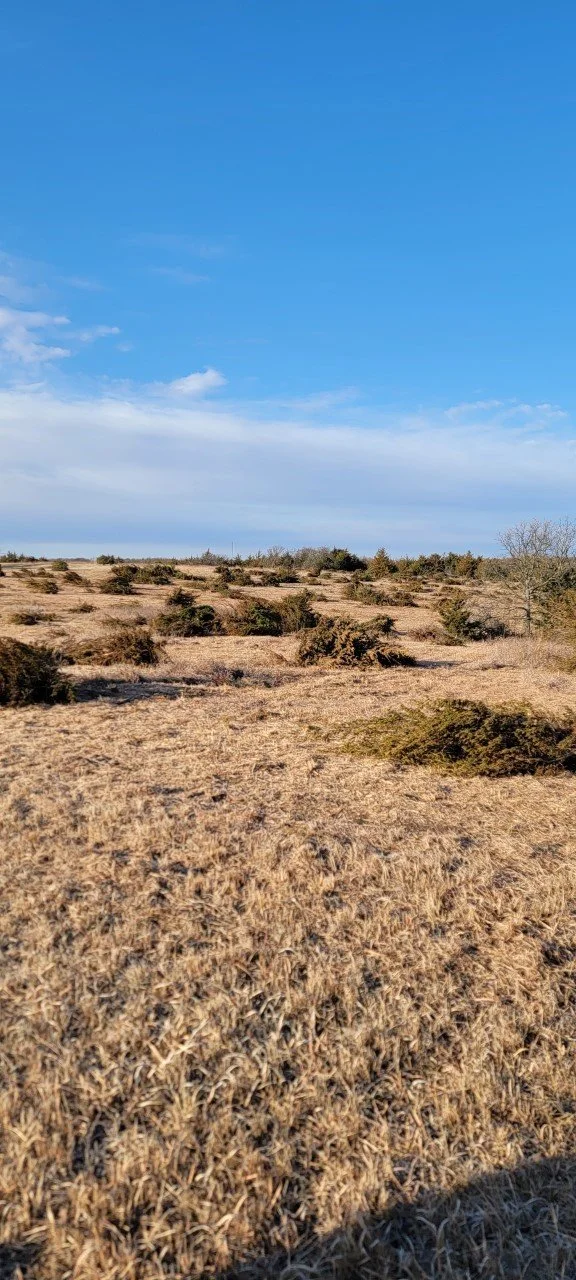Conservation Reserve Program
What is CRP?
According to USDA, the Conservation Reserve Program, or CRP, is “a land conservation program administered by the Farm Service Agency (FSA). In exchange for a yearly rental payment, farmers enrolled in the program agree to remove environmentally sensitive land from agricultural production and plant species that will improve environmental health and quality.
Contracts for land enrolled in CRP are from 10 to 15 years in length. The long-term goal of the program is to re-establish valuable land cover to help improve water quality, prevent soil erosion, and reduce loss of wildlife habitat.”
Eligibility & Regulation
In order for land to be eligible for CRP there are certain eligibility requirements that must be met. What follows is just a general overview of these rules to give you an idea if your land might be eligible. You can work with your local FSA office to determine if the land is eligible or not.
Cropping history: for 4 out of the 6 years between 2012-2017 there must have been a cash crop on the land (these years will change with each new Farm Bill).
Land ownership: the land must be under your name or operated by you for at least 1 year.
Contract: contracts must be signed and adhered to for 10- or 15-year periods, depending on the practice.
Management: 1 approved mid-contract management must take place before the end of the 6th year of your 10-year.
There are also certain eligibility requirements that differ from General CRP to Continuous CRP:
General CRP: only open for a certain amount of time each year during a specific sign-up period (this is typically announced towards the beginning of the year), typically entire fields or larger areas are signed up, land must be either expiring CRP, have an Erodibility Index of 8 or greater, or be located within a Conservation Priority Area.
Continuous CRP: sign up is always open, only certain practices are eligible for this signup (most of these are water-quality or wildlife habitat focused), typically smaller areas and only portions of fields are signed up, and land must be suitable for the practice and feasible to establish, as determined by the NRCS.
Signing Up
You can work with your local FSA CRP Program Technician to put in an application for CRP. In the application, you will submit the acres you would like to enroll along with the practice you would like to implement within each tract. General CRP applications are ranked nationwide and are based on a points system. More diverse practices and more environmentally friendly practices will rank higher. After the application is submitted, we will conduct a site visit to check out the land. Once the signup is closed you will hear if your land has been accepted or not. Continuous signups are accepted on a rolling basis and are evaluated for suitability and feasibility before practices can be implemented.
Know your CRP
It is helpful to know what practice you have on your land, so that you know what is and is not allowed within your CRP acres. Below you will find information on things that are not allowable in any CRP field, and a chart with more information on some of our most common practices.
The following are NOT ALLOWED on your CRP no matter what practice you have:
Noxious weeds: we don’t expect your field to be 100% free of noxious weeds, but we do expect you to make an effort in managing them to the best of your ability!
Mowing, haying, disking, grazing, etc. outside of your approved conservation plan.
Storing any items including farm equipment, vehicles, trash, hay bales, etc.
Living trees: you must kill them or remove them from your acreage, unless your CRP is a tree practice.
Beaten paths: driving through your CRP occasionally is fine; mowing a path or driving the same path every time will ruin the vegetation and is not allowed.
Planting outside of acceptable dates: Warm Season: December 1st-May 15th, Cool Season: December 1st-April 15th, August 15th-October 1st.
FAQs
-
Yes! If fire is your MCM action, you have to get at least one burn in before the end of that required year, but it is encouraged to do more frequent burns than this! It can be beneficial to burn at different times of the year (see chart below) to control shrubs, stimulate forbs or grasses, manage noxious weeds, etc. This usually isn’t necessary every year but should be done more than once every 10 years to provide the most soil, water, air, and wildlife benefits on your land.
-
It’s a good rule of thumb to call your local FSA office to let them know when you plan to do your MCM, and any additional burning or major management actions you have planned within your CRP.
-
One of the most effective ways to treat Sericea lespedeza if it is spread throughout your field is a summer burn followed by spot-spraying. Burn your field between July 16th and September 30th to kill all of the living Sericea. This will force it to use up its root nutrients and put all of its energy into new growth. It might seem like the fire didn’t work, but this will allow you to get maximum contact of your herbicide. You’ll have to come back about 3-4 weeks after this fire to spot spray, and then come back every 3-4 weeks after that to spray anything you missed until you feel like you have gotten most of it! If you don’t have a huge problem with Sericea lespedeza, you can just spot-spray as needed.
-
Other noxious weeds & invasive species in our area include Musk thistle, Field bindweed, Johnsongrass, Eastern red cedar, and more. For more in-depth management recommendations on these weeds, please contact a biologist. Be sure to note the type of herbicide you use and the affect it will have on your field. If you have a forb-heavy practice, you might end up having to interseed following noxious weed management to ensure that forb component meets the requirements of your practice.
-
Living trees are not allowed on most CRP acres. This means if you have trees on your CRP acres you can burn or spot-mow them down if they are small enough, cut and spray, girdle, hinge-cut, or fell them entirely. The choice is yours!
-
Shrubs are allowed on many CRP practices and provide great diversity to a landscape as well as excellent wildlife habitat. See the chart below to check what is allowed in your CRP practice. Keep in mind that while shrubs are a great component of wildlife habitat, most CRP practices in our area are meant to be primarily composed of grasses and forbs, and too many shrubs in your field can actually be unfavorable.




